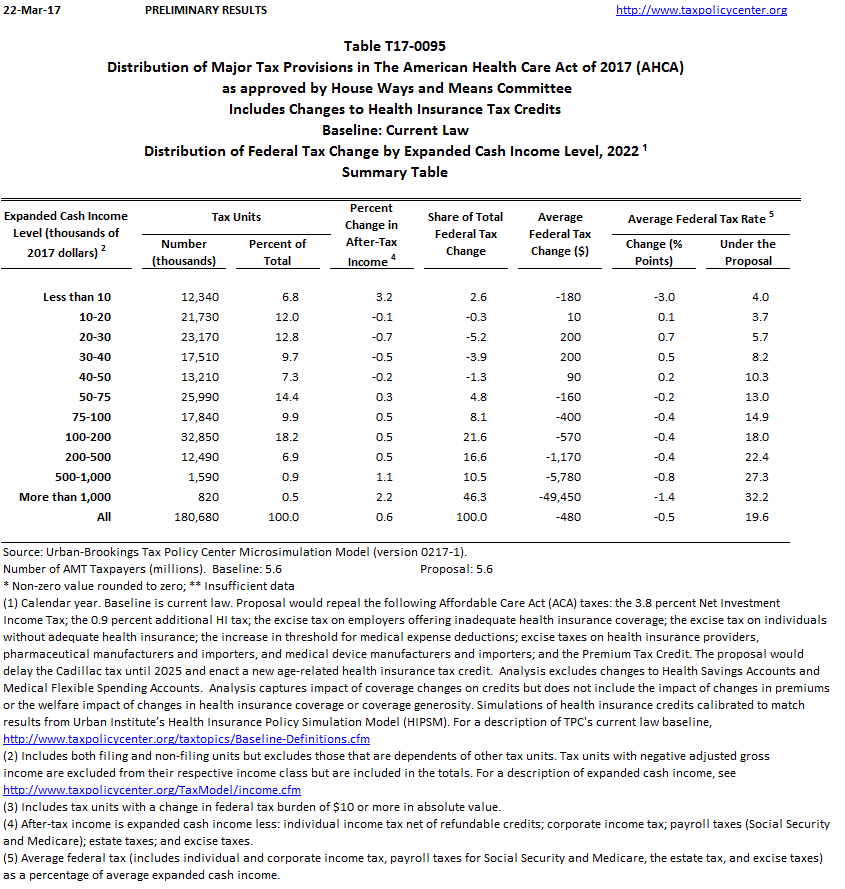
For the AOTC, the expenses must be paid in a program to acquire a postsecondary degree. Qualified tuition and related expenses are tuition and fees required for the enrollment or attendance of the taxpayer, the taxpayer's spouse, or any dependent of the taxpayer at an eligible educational institution for courses of instruction. See the Instructions for Form 5884 and the Instructions for Form 5884-C.Įxpenses that qualify for an education credit (whether the American Opportunity Tax Credit (AOTC) or the Lifetime Learning Credit) are qualified tuition and related expenses paid by the taxpayer during the taxable year. If you're a qualified tax-exempt organization, calculate and claim the credit by completing Form 5884-C, Work Opportunity Credit for Qualified Tax-Exempt Organizations Hiring Qualified Veterans.


A qualified Supplemental Nutrition Assistance Program (SNAP) benefits (food stamps) recipient.A qualified recipient of Temporary Assistance for Needy Families (TANF).A long-term family assistance recipient.Newly hired individuals from the following targeted groups might qualify you for this tax credit: You must submit the form not later than the 28th day after the individual begins work for you. Generally, you obtain certification by submitting Form 8850, Pre-Screening Notice and Certification Request for the Work Opportunity Credit to the SWA. You must obtain certification from your state workforce agency (SWA) that an individual is a targeted group member before you claim the credit. Generally, the WOTC is equal to 40 percent of the qualified wages paid to a targeted group employee who performs at least 400 hours of service during his or her first year of employment with the employer. The Taxpayer Certainty and Disaster Tax Relief Act of 2020 extended the ability to claim the WOTC for members of targeted groups that begin working for the employer after 2020 and before 2026. The work opportunity tax credit (WOTC) provides an incentive to hire individuals from targeted groups that have a particularly high unemployment rate or other special employment needs. If your family member isn't your employee, then the family member will be responsible for paying any applicable self-employment taxes on the income earned.

#TAX CREDIT FOR CHILDCARE EXPENSES 2020 HOW TO#
See Publication 15-A, Employer's Supplemental Tax Guide for a general discussion of how to determine whether an individual who is performing services for you is an employee or an independent contractor.Who's responsible for paying employment taxes on these payments depends on whether your family member is your employee or is self-employed (an independent contractor). These payments may be qualified childcare expenses if the family member babysitting isn't your spouse, the parent of the child, your dependent, or your child under age 19, and if you otherwise qualify to claim the child and dependent care credit. Attach the appropriate form or schedule to your Form 1040, Form 1040-SR, or Form 1040-NR.The Instructions for Form 2441 explain the qualifications for the child and dependent care credit and how to calculate it. To claim the child and dependent care credit, you must also complete and attach Form 2441, Child and Dependent Care Expenses.Refer to Part III of Schedule 8812 to calculate an additional tax if you received excess advanced CTC payments during 2021.

The Instructions for Schedule 8812 explain the qualifications for CTC, ACTC, RCTC, NCTC, ODC the requirements for taxpayer identification numbers (TINs) and how to calculate the credits.


 0 kommentar(er)
0 kommentar(er)
